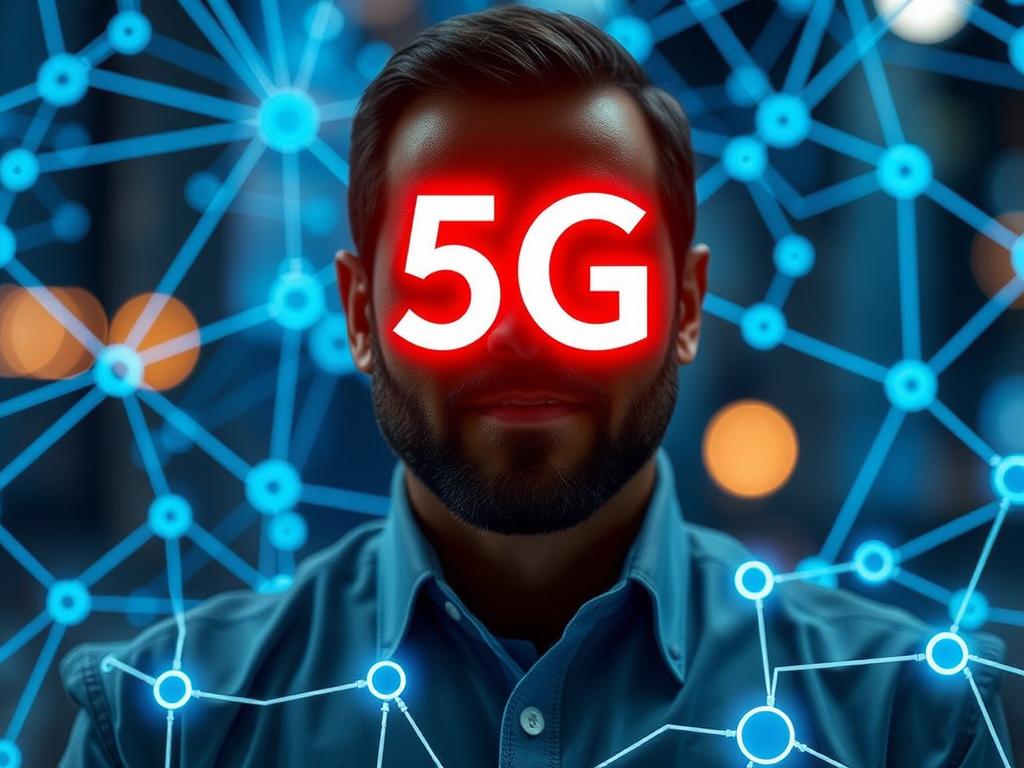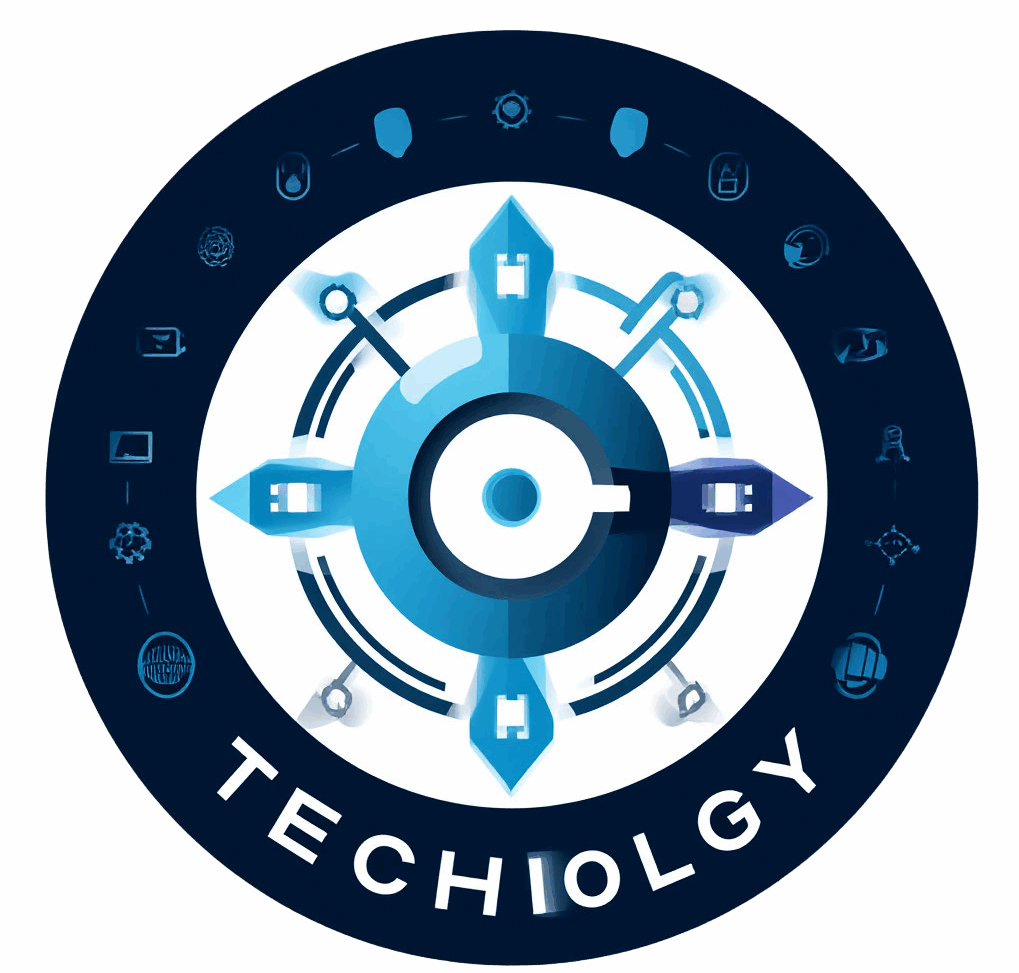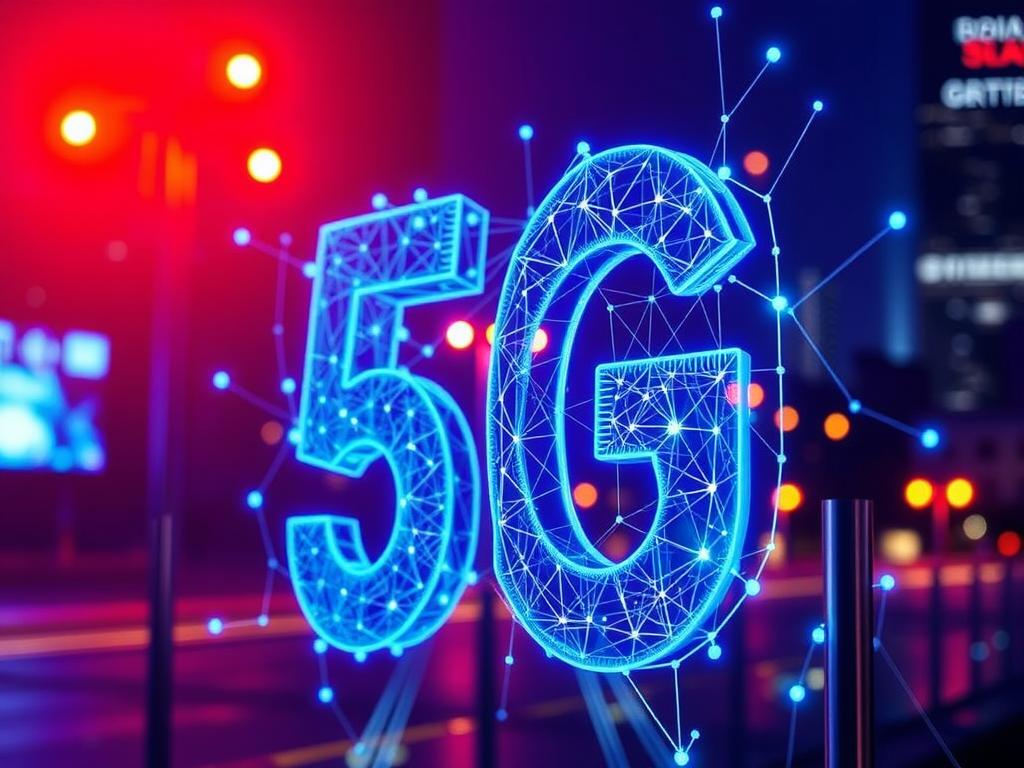Understanding 5G Technology: A New Era of Connectivity
The buzz around 5G technology has taken the world by storm, promising to revolutionize the way we connect and communicate. But what exactly is 5G? At its core, 5G refers to the fifth generation of wireless networks. It’s designed to deliver faster speeds, lower latency, and greater capacity compared to its predecessors. Unlike 4G, which largely catered to mobile internet access for smartphones, 5G opens the door to countless new applications—from smart cities to autonomous vehicles and remote healthcare. This new generation of connectivity isn’t just about faster downloads; it’s about enabling a whole ecosystem of devices and services to communicate seamlessly.
The transition from 4G to 5G involves significant advancements in infrastructure, including the use of higher-frequency radio waves called millimeter waves. These waves can carry much more data but have a shorter range, which is why 5G networks require a dense network of small cell towers. This infrastructure makeover is part of the reason we are seeing 5G roll out gradually, starting in urban centers and slowly expanding to wider areas.
The Impact of 5G Technology on Daily Life
You might be wondering: how will 5G technology affect my everyday life? The impact is already noticeable and will only grow stronger over time. One of the most obvious changes is the lightning-fast internet speeds 5G provides. Whether you’re streaming high-definition videos, joining video conferences, or playing online games, 5G technology dramatically reduces buffering and lag. This translates to a smoother, more enjoyable online experience.
Beyond personal use, 5G technology is redefining industries. In healthcare, for example, the low latency of 5G enables real-time remote surgeries and diagnostics using robotic systems. The automotive industry benefits from 5G by supporting the development of connected and autonomous vehicles. These vehicles can communicate with each other and with traffic infrastructure, improving safety and traffic flow. Smart cities are becoming a reality, too, with sensors connected via 5G technology helping to manage everything from electricity consumption to waste disposal efficiently.
Table: Key Benefits of 5G Technology

| Benefit | Description | Example Use Case |
|---|---|---|
| Faster Speeds | Up to 100 times faster than 4G | Downloading a full movie in seconds |
| Lower Latency | Almost real-time response times | Remote robotic surgery |
| Greater Connectivity | Supports billions of devices simultaneously | Smart city sensor networks |
| Improved Reliability | More stable connections even in crowded areas | Live streaming at crowded events |
The Technical Backbone: How 5G Technology Works
Behind the scenes, 5G technology functions through a combination of advanced technologies. Key among these are millimeter wave frequencies, Massive MIMO (Multiple Input Multiple Output), and beamforming. Millimeter waves operate at a much higher frequency than previous networks, allowing more data transmission, but they don’t travel as far or penetrate buildings well. To overcome this, 5G uses Massive MIMO, which entails deploying a large number of antennas to send and receive signals simultaneously, significantly boosting capacity.
Beamforming is a smart method that focuses signals in the direction of a device, instead of broadcasting signals in all directions. This targeted approach improves the signal strength and reduces interference, leading to better performance and reliability. Additionally, 5G utilizes network slicing—the ability to create multiple virtual networks on a single physical 5G infrastructure. This means different applications can have dedicated network resources tailored to their specific needs.
Challenges and Considerations with 5G Deployment
Despite the promising advantages of 5G technology, there are challenges to be addressed. The rollout of 5G requires a massive investment in infrastructure, including the installation of thousands of small cell towers and upgrades to existing network equipment. This can be a logistical challenge, especially in rural or underdeveloped areas. Another concern is the potential health impact of exposure to higher frequency radio waves, though so far, scientific research has not found conclusive evidence of harm.
Security is another critical consideration. As 5G technology connects more devices, often critical to daily functions and infrastructure, the risk of cyberattacks grows. Ensuring robust security protocols for 5G networks is essential to protect personal data and maintain trust. Governments and companies need to collaborate to create comprehensive frameworks to address privacy and data security in this new era of connectivity.
List: Factors Influencing 5G Adoption
- Infrastructure investment: The scale of upgrades required to support 5G technology.
- Technological compatibility: Ensuring devices can support 5G networks.
- Regulatory policies: Government regulations that affect the deployment of 5G.
- Public perception: Awareness and acceptance of 5G technology.
- Security measures: Protecting 5G networks from cyber threats.
The Future of Connectivity: Innovations Enabled by 5G Technology
Looking ahead, 5G technology paves the way for innovations that were once purely science fiction. Imagine augmented reality (AR) glasses that overlay information in real-time as you walk through a city or immersive virtual reality (VR) experiences that feel indistinguishable from reality. These advancements demand the kind of ultra-reliable, high-speed connectivity only 5G can provide.
Industries like agriculture are set to benefit as well, with 5G-connected sensors enabling smart farming practices that optimize water use, monitor soil health, and increase crop yields. In logistics and supply chain management, 5G’s ability to connect billions of devices will allow for real-time tracking of goods, reducing waste and improving efficiency.
The integration of 5G technology with Artificial Intelligence (AI) and the Internet of Things (IoT) is fueling a connected future that is smarter, more responsive, and more efficient. This combination will drive innovations in energy management, public safety, personalized learning, and much more.
How to Prepare for the 5G Revolution
As 5G technology becomes more widespread, both individuals and businesses need to prepare for this shift. For consumers, upgrading to 5G-compatible devices is the most straightforward step. Many new smartphones and gadgets are now built to support 5G networks, but it’s important to check compatibility before making a purchase.
For businesses, understanding the ways 5G technology can optimize operations and enhance services is key. Investing in digital transformation initiatives that leverage 5G will provide a competitive edge and allow companies to tap into new markets. Staying informed about local 5G network rollouts and regulatory changes will help businesses plan their strategies effectively.
Table: Tips for Adopting 5G Technology

| Step | Description |
|---|---|
| Upgrade Devices | Switch to smartphones and gadgets that support 5G |
| Explore New Services | Test applications that benefit from high-speed, low-latency networks |
| Invest in Infrastructure | Businesses should adopt 5G-enabled tools and systems |
| Stay Educated | Keep up with 5G developments and policies in your region |
Conclusion

5G technology isn’t just an incremental upgrade; it’s a transformative force reshaping how we connect, work, and live. Its incredible speed, low latency, and ability to connect countless devices make it the backbone of future innovations in healthcare, transportation, entertainment, and beyond. While challenges remain in terms of infrastructure, security, and regulation, the momentum behind 5G technology suggests that its potential will unfold rapidly in the coming years. By embracing 5G, we step into a world of unprecedented connectivity that promises smarter cities, more efficient industries, and connected communities, ultimately changing the very fabric of everyday life.




